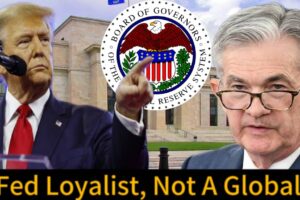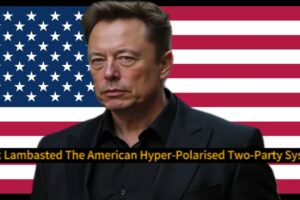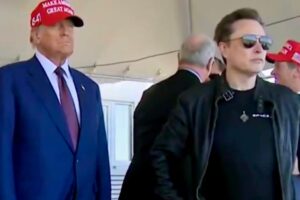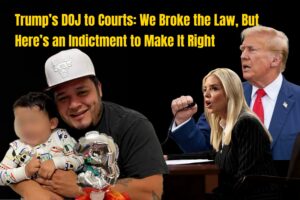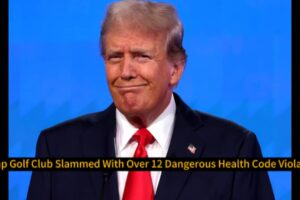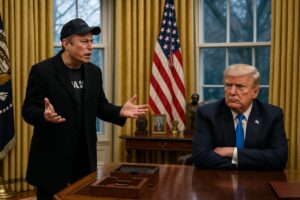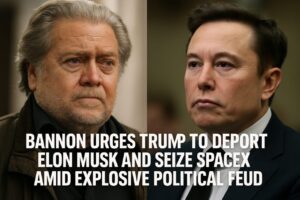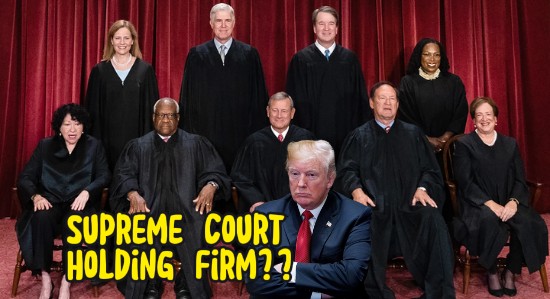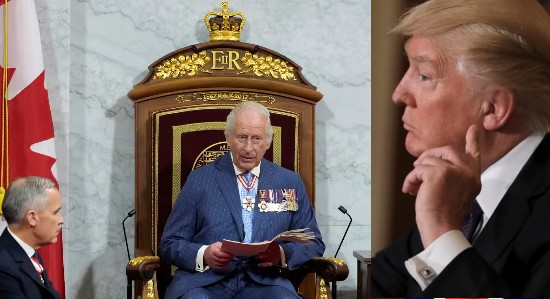The U.S. Supreme Court has handed President Donald Trump his first significant legal defeat of his second term by temporarily blocking his effort to dismiss Hampton Dellinger, the head of the Office of Special Counsel (OSC). The OSC, an independent agency tasked with protecting federal whistleblowers and ensuring compliance with political activity laws, will retain its current leadership until a lower court’s temporary restraining order expires on February 26.
The case, which highlights ongoing tensions over executive authority and the independence of federal watchdogs, is being closely watched by legal experts and government officials. The Supreme Court’s unsigned order effectively maintains the status quo, while dissenting Justices Neil Gorsuch and Samuel Alito argued that judicial intervention undermines the president’s authority over executive personnel.
The Role of the Office of Special Counsel and the Disputed Dismissal
The Office of Special Counsel plays a crucial role in federal oversight, ensuring that civil servants are protected from retaliation and that federal employees adhere to laws restricting political activity, such as the Hatch Act. Hampton Dellinger was appointed by former President Joe Biden for a five-year term, a move intended to strengthen federal protections for whistleblowers.
President Trump’s decision to dismiss Dellinger without citing cause has sparked a heated legal battle. Critics argue that the move is part of a broader strategy to reshape federal agencies by removing officials appointed under the previous administration. Meanwhile, the Justice Department has defended the dismissal, contending that the president has the constitutional authority to remove executive officials at will.
Legal Precedents and the Supreme Court’s Intervention
This legal confrontation has revived discussions surrounding the 1935 Supreme Court ruling in Humphrey’s Executor v. United States, which limits a president’s ability to remove the heads of independent agencies without cause. The ruling established that such agencies operate outside direct presidential control, ensuring a level of autonomy crucial to their oversight functions.
By temporarily preventing Dellinger’s removal, the Supreme Court has signaled caution in allowing executive overreach to undermine independent watchdog agencies. Justices Sonia Sotomayor and Ketanji Brown Jackson, who indicated they would have denied the administration’s request outright, emphasized the importance of maintaining checks and balances in government.
Implications for Presidential Authority and Federal Oversight
The Supreme Court’s ruling represents a significant roadblock for the Trump administration’s attempts to consolidate control over independent federal agencies. If the courts ultimately rule against the president, it could set a precedent reinforcing the limited authority of the executive branch in dismissing watchdog officials without justifiable cause.
Conversely, a ruling in favor of the administration could upend long-standing protections for independent agencies, potentially allowing greater political influence over institutions designed to function autonomously. Legal analysts suggest that this case could be the first of many challenges the Trump administration faces in its efforts to restructure the federal government.
Looking Ahead: The Next Steps in the Legal Battle
With the Supreme Court’s temporary order in place, the legal battle over Dellinger’s dismissal is far from over. The lower court’s decision, expected in late February, will be crucial in determining the future of the OSC’s leadership and the broader issue of executive control over independent agencies.
As the administration continues to push for greater influence over federal oversight bodies, this case could serve as a litmus test for the judiciary’s stance on executive authority. Whether the courts ultimately uphold the independence of agencies like the OSC or grant the president greater latitude in dismissing officials will have lasting consequences for the structure of federal governance.

